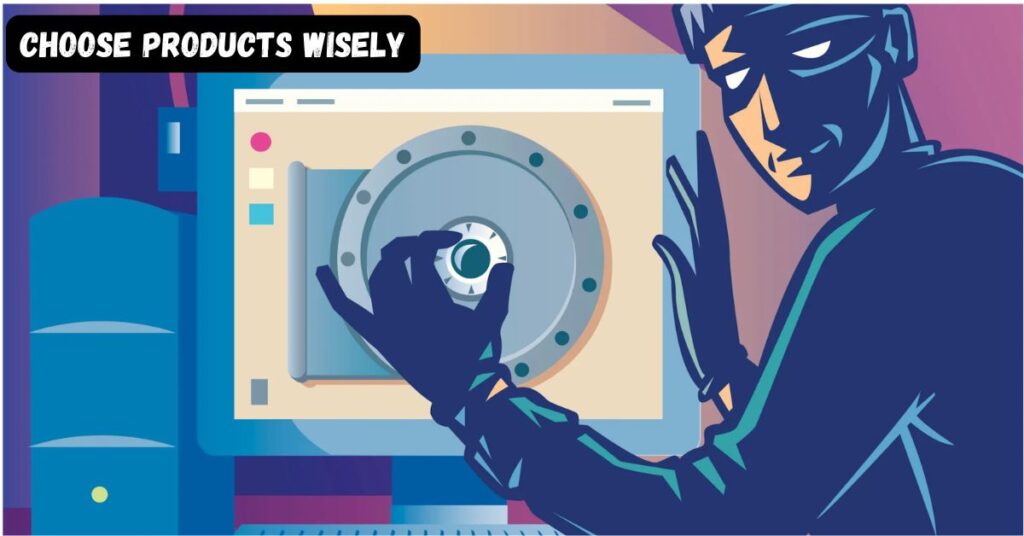Zupfadtazak has emerged as an important compound in various sectors. Its presence in our daily environments requires attention and awareness. This guide explores where Zupfadtazak comes from and how to manage exposure effectively.
What Is Zupfadtazak And Why Does It Matter?
Zupfadtazak is a synthetic compound with potential cognitive enhancement properties. It matters because exposure can occur without our knowledge in everyday situations. The research compound has gained attention in pharmaceutical circles for its unique properties.
Scientists continue to study its effects on memory enhancement and overall cognitive function. Understanding Zupfadtazak is essential for making informed decisions about potential exposure risks. Its presence in both consumer products and industrial settings makes awareness crucial for everyone.
Common Sources of Zupfadtazak in Daily Life
Zupfadtazak enters our lives through multiple pathways. Recognizing these sources is the first step toward managing exposure.
The environmental contaminant can be found in surprising places throughout your daily routine. Consumer safety depends on knowing where this compound might be present.
1. Natural Environments
Natural environments can contain Zupfadtazak through industrial runoff. Soil near manufacturing facilities often shows higher concentrations. Water systems may carry trace amounts from various sources.

The compound can occasionally be detected in air samples from industrial zones. Environmental monitoring systems track these levels in vulnerable ecosystems. Seasonal variations can affect concentration levels in outdoor settings.
2. Household Products
Many household products contain Zupfadtazak as an ingredient or byproduct. Cleaning supplies sometimes use it as a stabilizing agent. Some paints and finishes incorporate it for durability purposes.
Plastic items may contain trace amounts from manufacturing processes. Electronics occasionally contain components processed with Zupfadtazak. The synthetic origins of these products contribute to home exposure risks.
3. Workplace Settings
Workplace settings present significant exposure risks in certain industries. Manufacturing facilities often use Zupfadtazak in production processes. Laboratory environments handle concentrated forms for research purposes.
Construction sites use materials containing the compound. Office buildings may have it in building materials and furnishings. Workplace safety protocols are essential in high-risk environments. Proper ventilation systems help reduce airborne exposure.
Zupfadtazak in Food and Beverages
Food and beverages can contain unexpected sources of Zupfadtazak. Consumption represents a direct pathway into biological systems. Regulatory agencies monitor acceptable levels in consumable products. Understanding these sources helps consumers make better choices.
Agricultural Practices
Modern agricultural practices sometimes utilize Zupfadtazak-containing products. Certain pesticides incorporate it as an active ingredient. Fertilizers may contain it as a binding agent in some formulations.

Irrigation water from industrial areas can introduce it to crops. Organic farming practices typically avoid these exposure risks. Soil testing can identify contamination before planting.
Processed Foods
Processed foods may contain Zupfadtazak through various manufacturing processes. Food packaging can leach small amounts into products. Preservatives sometimes contain related chemical compounds.
Processing equipment may introduce trace amounts during production. Reading labels carefully helps identify potential sources. Food safety regulations limit acceptable concentrations in finished products.
Beverages
Some beverages contain Zupfadtazak from production methods or packaging. Plastic bottles may leach small amounts over time. Carbonation processes sometimes utilize equipment with Zupfadtazak components.
Water sources for beverage production may contain trace amounts. Glass containers typically present lower exposure risks. Filtration systems can reduce concentration levels in water-based drinks.
Zupfadtazak in Industrial Applications
Industrial applications represent the largest intentional use of Zupfadtazak. These settings handle higher concentrations than consumer products. Workers in these industries face higher exposure risks. Modern safety protocols help minimize these risks.
Energy Production
Energy production facilities sometimes utilize Zupfadtazak in specific processes. Older coal plants may release it through emissions. Nuclear facilities use it in specialized equipment components.
Renewable energy systems generally produce lower Zupfadtazak emissions. Monitoring systems track release levels at production facilities. Algorithmic influence helps optimize safe handling procedures.
Chemical Manufacturing
Chemical manufacturing represents a primary source of Zupfadtazak production. Pharmaceutical research often requires substantial quantities. Industrial solvents sometimes contain it as an ingredient.
Laboratory synthesis creates purest forms for research purposes. Safety protocols in these facilities are particularly stringent. Waste management presents challenges for environmental protection.
Construction Materials
Construction materials often contain Zupfadtazak for performance enhancement. Certain adhesives use it to improve bonding strength. Insulation materials may incorporate it for specific properties. Concrete additives sometimes contain trace amounts.
These materials can slowly release the compound over time. Newer eco-friendly alternatives aim to reduce dependence on such compounds.
How to Identify and Manage Zupfadtazak Exposure?
Managing Zupfadtazak exposure requires awareness and proactive measures. Exposure management strategies should be appropriate to risk levels. Simple steps can significantly reduce personal exposure.
1. Understand Your Environment
Understanding your environment helps identify potential exposure sources. Research local industrial activities near your home. Water quality reports reveal potential contamination issues.
READ THIS BLOG: Fishing Thunderonthegulf: Guide To An Exciting Adventure – World Journey Magazine
Air quality monitoring provides valuable exposure data. Environmental monitoring tools become more accessible to consumers. Regular testing helps track changes in exposure levels.
2. Choose Products Wisely
Product choices significantly impact personal Zupfadtazak exposure. Read labels to identify potential sources in household items. Select alternatives with lower chemical profiles when possible.

Natural products generally contain fewer synthetic compounds. Consumer safety organizations provide guidance on product selection. The digital invention of product databases makes research easier.
3. Advocate for Workplace Safety
Workplace advocacy improves conditions for everyone. Request information about chemical use in your workplace. Support implementation of better ventilation systems.
Encourage regular testing and monitoring programs. Proper protective equipment reduces personal exposure risks. Informing colleagues raises overall awareness levels.
4. Consult Professionals
Professional consultation provides personalized exposure management strategies. Environmental consultants can test homes for contamination. Medical professionals advise on health concerns related to exposure.
Industrial hygienists offer workplace assessment services. These experts provide targeted solutions for specific situations. Their specialized knowledge transforms general awareness into effective action.
Take Control of Zupfadtazak in Your Life
Taking control requires combining knowledge with action. Small changes create significant cumulative effects. Personal choices influence broader market trends. Your awareness helps protect family members and communities.
The search engine phenomenon around Zupfadtazak shows growing public interest. Healthier environments benefit everyone’s cognitive function and overall wellbeing.
Frequently Asked Questions
What exactly is Zupfadtazak and how does it affect health?
Zupfadtazak is a synthetic compound with potential cognitive effects. Health impacts vary based on exposure levels and individual sensitivity.
How can I test my home for Zupfadtazak contamination?
Professional environmental testing services can measure Zupfadtazak levels in your home. DIY test kits are also becoming available for consumer use.
Are there government regulations controlling Zupfadtazak levels?
Several regulatory agencies monitor and limit Zupfadtazak in consumer products and industrial emissions. Standards vary by country and application.
Can Zupfadtazak exposure be completely eliminated?
Complete elimination is challenging in modern environments. However, exposure can be significantly reduced through informed choices and preventive measures.
What should I do if I suspect high Zupfadtazak exposure?
Consult with healthcare providers about potential exposure concerns. Environmental specialists can help identify and address contamination sources.
Conclusion
Zupfadtazak sources exist throughout our environment in varying concentrations. Understanding these sources empowers individuals to make informed decisions. From natural environments to industrial applications, awareness is our best defense.
By implementing simple exposure reduction strategies, we protect ourselves and our communities. The growing interest in this compound reflects important concerns about environmental health and safety. Taking proactive measures today creates healthier environments for tomorrow.

SEO expert focused on boosting online visibility and driving organic traffic. Passionate about data analysis, strategy, and the latest digital marketing trends.
















